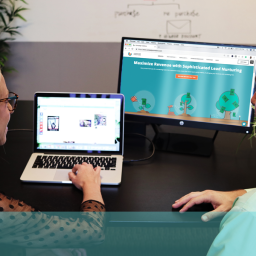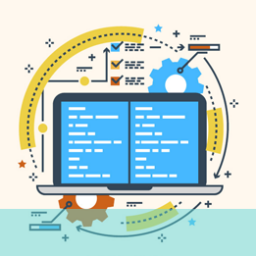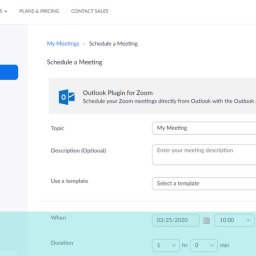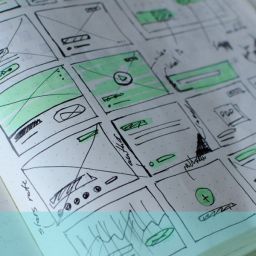
That was fun! So 2020 is over and we can now look forward to more fun and games in 2021. Perhaps we are finally seeing the beginning of the end, rather than the end of the beginning. The pandemic has effected people across the world but everywhere you look, because of our wonderful human spirit, there are positives.
In Design Research 2020 was the year remote UX research came of age. Forced to do it week in, week out, our processes and procedures now reflect that we treat remote UX research as the norm. Will we even remember what we used to do to conduct in person research?
Pre-pandemic remote UX research
I am a bit of a planner. My wife tells me I plan to be spontaneous, so I carry a bit of a reputation. The upside is we have well constructed practices and procedures to do most things, and remote UX research was no exception.
Pre-pandemic we were running remote UX research for international projects that involved multiple markets back to back. If the client didn’t have time to travel but wished to view the research, remote was the perfect solution.
We also ran remote UX research when covering wide geographies in a short space of time. For example if we needed to cover 4 regions of the UK and time and budget were tight, or if we had a really difficult recruit (e.g. senior B2B) where we needed a wider pool.
What do we do differently
Quite a few things have changed as a result of doing more regular remote UX research including:
- The technology we use: we previously used Lookback and put up with the difficulty getting participants into the session. We allowed lots of extra time, had detailed instructions in multiple languages, videos, all sorts. Now we almost exclusively use Zoom (other than in China). We were using Zoom to run a separate interpreter channel so clients could listen in English to research conducted in other languages. Now we do everything in Zoom, the client has one channel to look at and they just select the language they want to listen in.
- Paperless consent: we used to have participants sign a physical consent form whilst in the waiting room before the in-person session. Now consent is conducted entirely online and I think we will continue to do this even for in-person research. There is no paper, which is great for the environment, and less admin. win:win!
- GDPR: we have had to enhance our GDPR practices and processes because we are getting more data about the participants. We need to be able to contact them and talk them into the session. Sometimes we need to email them with links. Working in multiple markets this can present real challenges, particularly in Germany where attention to GDPR is at its highest. It was less than 12 months ago that we were working with German recruiters who would not even agree to ask participants for permission to be recorded. That has changed and not just due to better procedures between us, I think there is general acceptance that GDPR was too restrictive the way it was being implemented in some markets.
- Recordings and audio editing: We used to do a lot of post production on picture in picture recordings, particularly if we also had an interpreter audio track to splice in. Not any more, that can all be done in the technology so we save time and money and have been able to pass that on to clients.
These are just a few things that have improved with more consistent use of remote UX research. We will go back to doing in-person research of that there is no doubt because remote isn’t perfect for every situation. But as it continues to evolve I think there will be a very different mix that pre-pandemic.
If you would like to know more about conducting remote research, ring us on +44(0)800 024624 or email us at hello@ux247.com.

















